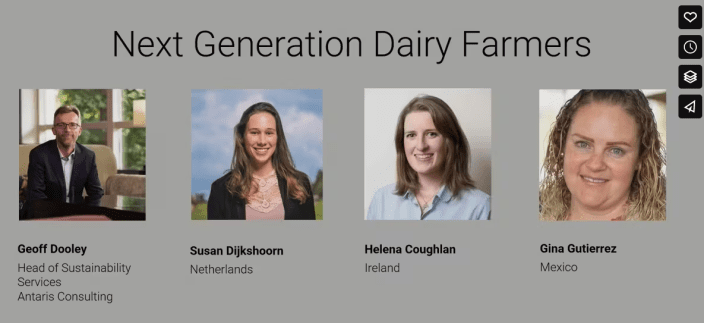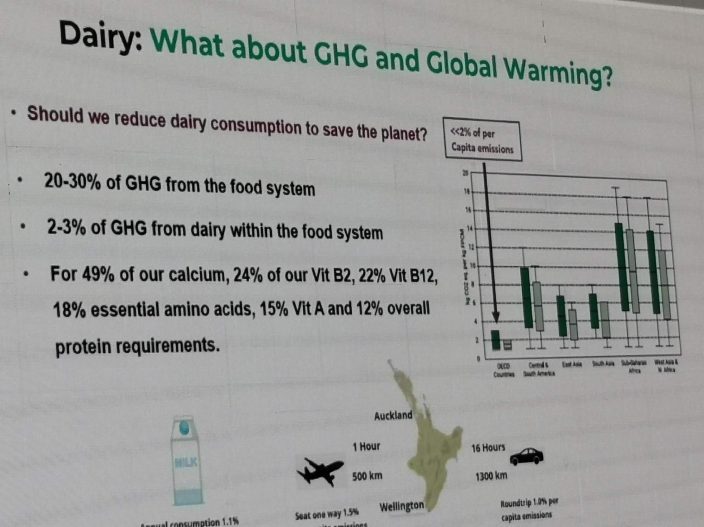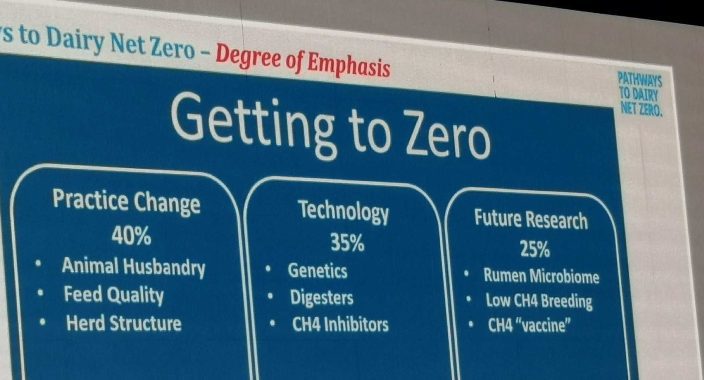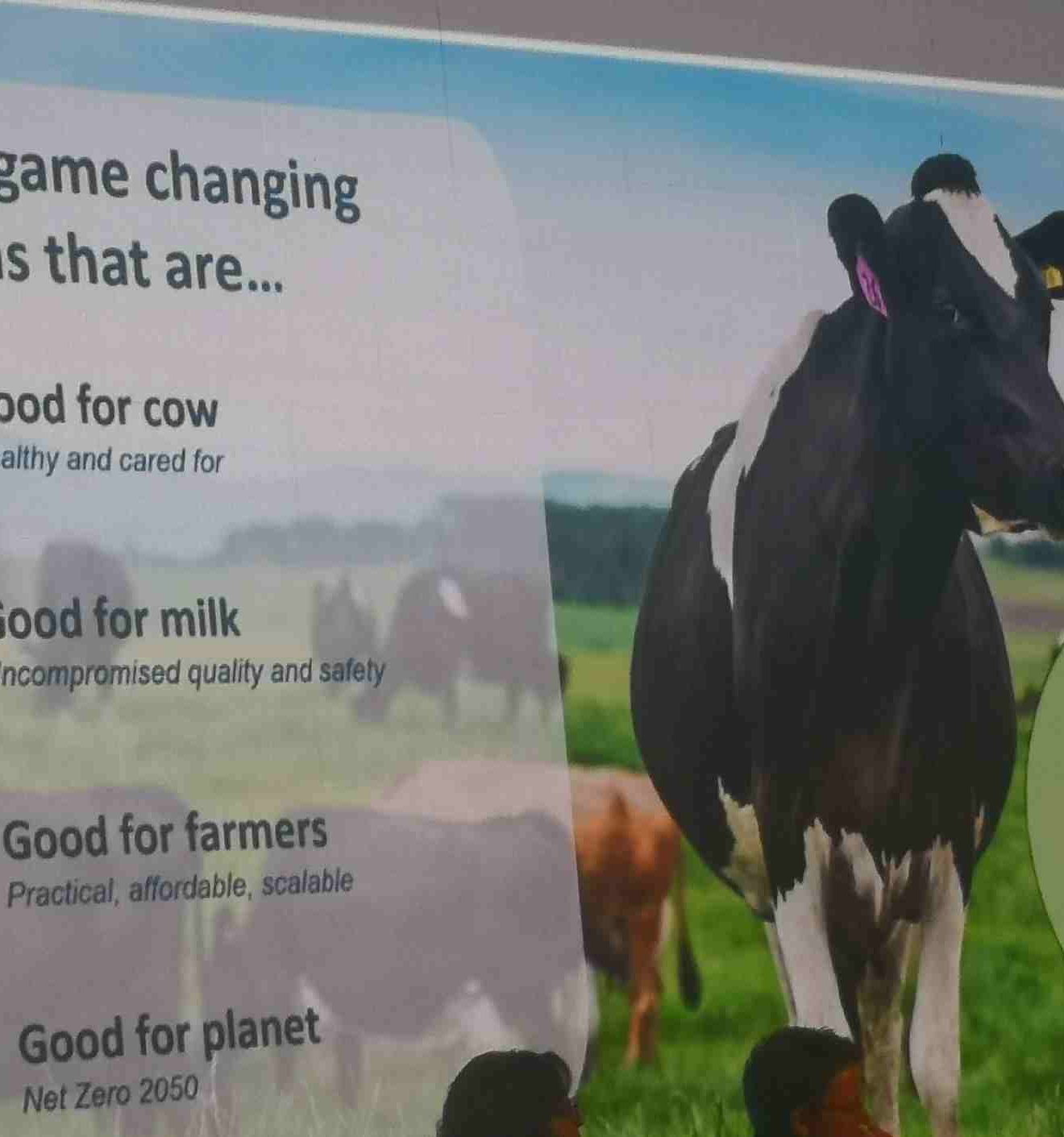There was a fascinating gathering of the Global Dairy Platform in Amsterdam, where I had the opportunity to facilitate the Next Generation Farmer Panel. The purpose was to co-discover game-changing solutions that are good for the cow, the farmer, and the planet.
See the agenda here.
The Global Dairy Platform gathers a global grouping of competitors to brainstorm and collaborate in a pre-competitive environment to address shared challenges. The challenges are too significant to use as a source of competitive advantage. The traditional rules of play are suspended as the players work together to change the system.
It is not about trying to win the game – but making it better for everyone!
The event’s tone was set in the opening address delivered by Hein Schumacher – Chair of the Global Dairy Platform and CEO of Friesland Campina.
For dairy farming in Asia and Africa, the challenge is efficiency. The challenge in Europe and North America is to maintain a licence to operate. While regional priorities vary there is a system-level challenge to improve.
 A Hybrid World
A Hybrid World
To achieve this improvement, overcoming the polarisation between animal and plant protein is necessary. We are in a hybrid world where foods will comprise the most suitable protein available – regardless of origin. Jeremy Hill of the Sustainable Food Initiative explored this idea in more detail and spoke of a “plant-based, animal-optimised food system” where the best of all proteins, regardless of origin, are used to herald the transition to a sustainable food system.
He noted that farmers need to be at the centre of the debate about how to make necessary improvements. He called for the sector to move beyond just thinking about inputs and outputs and focus on outcomes. This will require the involvement of all value chain stakeholders, including banks, feed companies, fertiliser companies, and feed additive companies. He noted, “we cannot do this alone”.
Now and Next
Given the context of both short-term and longer-term challenges, there are two questions to answer:
- What can we do now, and
- What do we need to prepare for?
The transition will require the identification of the “critical levers for change”. Such levers will be high-risk – high-impact initiatives that will need to attract non-commercial seed funding, such as that offered by the Gates Foundation – which Dr Samuel Thevasagaysam represented. He proposed that “technology will be the leveller” in enabling developed and developing world dairying to transition.
John Kerry reminded the room of the significance of Global Dairy to the Paris Accord on Climate change and the Methane Pledge agreed by 130 counties at COP 26 in Glasgow. Global dairy accounts for 5% of global emissions and 10% of methane. There are less than eight years to make a 45% reduction in global GHG emissions, and methane will be a key part of the solution.
Soil in the Bank
Berry Martin of Rabobank introduced a vision for a net-positive dairy sector where it contributes more to solving the world’s problems than creating them. He noted how farmers have a unique asset – LAND and that regenerative practices will be key to the transition required in dairy. He called for legislation, standards and frameworks to enable the creation of tradable carbon units – noting that SBTi (Science Based Target Initiative) has made a first step by publishing a paper on quantifying soil-based carbon.
Martin also discussed the influence of metrics and lamented the application of energy metrics to food products by arguing that calorific information is not a fair representation of nutritional worth. Berry called for an intelligent evaluation of the sustainability of different food products requires incorporating a nutrient density index. He highlighted the Eco-Score label used on food products in Belgium as a useful example of enabling consumers to make informed food choices.

From a Rabobank perspective – he noted that 70% of the bank’s assets are committed to a Net Zero pathway. This will be evaluated by sector and by region. Other banks will have similar goals and he advised his audience to expect that banks will actively divest assets that are not aligned.
Articulating the Story – Without Greenwash
A theme running through the event was that Dairy has a great story to tell but is failing to get that story across. The Next Generation Farmer Panel pointed out that farmers are at the receiving end of society’s criticism of dairy and cannot deal with this challenge independently. A full value-chain approach to addressing the challenges faced by global dairy is required and the transition must be made by all stakeholders moving together.
And the story of Dairy’s transition to Net Zero is noteworthy. Donald Moore, CEO of the Global Dairy Platform (GDP) highlighted that at COP 26, GDP announced their plan. At COP 27 later this year, they reported on the implementation of the plan and at COP 28, they would disclose the results. As an interim report, Moore noted that 1/3 of the global milk supply is now reported on through the Dairy Sustainability Framework.
Noting that the goal is progress and not perfection, he advised that their data is that from a 2010 baseline, emissions intensity has reduced by 11% and that absolute emissions had increased by 18%. He acknowledged that absolute emissions must fall and that 80% of global emissions arise in the developing world. The challenge is to “lift the floor”.
Lift the Floor
So how will the floor be lifted? Presentations from Arla and Fonterra gave an indication. Both dairy giants were clear that about 90% of their emissions (falling within Scope 3) occur at the farm level. Their goal is to reach a 30% reduction in those emissions by 2030. The measures to achieve this were listed:

Practice Change (40%)
- Animal Husbandry
- Feed Quality
- Herd Structure
Technology (35%)
- Genetics
- Digesters
- CH4 inhibitors
Future Research (25%)
- Rumen Microbiome
- Low CH4 breeding
- CH4 “vaccine”
Practice change is the first place to start. While the prevailing dairy farming typology will influence the specific measure applied in any particular geography – the targets are sustainable feed, renewables and biogas, carbon sequestration, carbon-rich soils(regenerative practices), genetics and green fertiliser.
Putting the farmer at the centre means farmers will be the vital conduit for implementing all these measures. This is an onerous responsibility.
The conference was clear that these measures must move beyond process implementation and that tangible, measurable, and auditable outcomes must be delivered.
Can-do perspective from the titans of food capitalism
The conference had a very positive and can-do orientation. Notably, those navigating the giant dairy companies see a very positive and agile future where the system will be enabled in its evolution and adaptation by integrating new technologies and harnessing the multiple sources of nutrition – animal, plant and fermented.
Contact us to discuss the imperative for sustainability at your organisation.

Share this on...